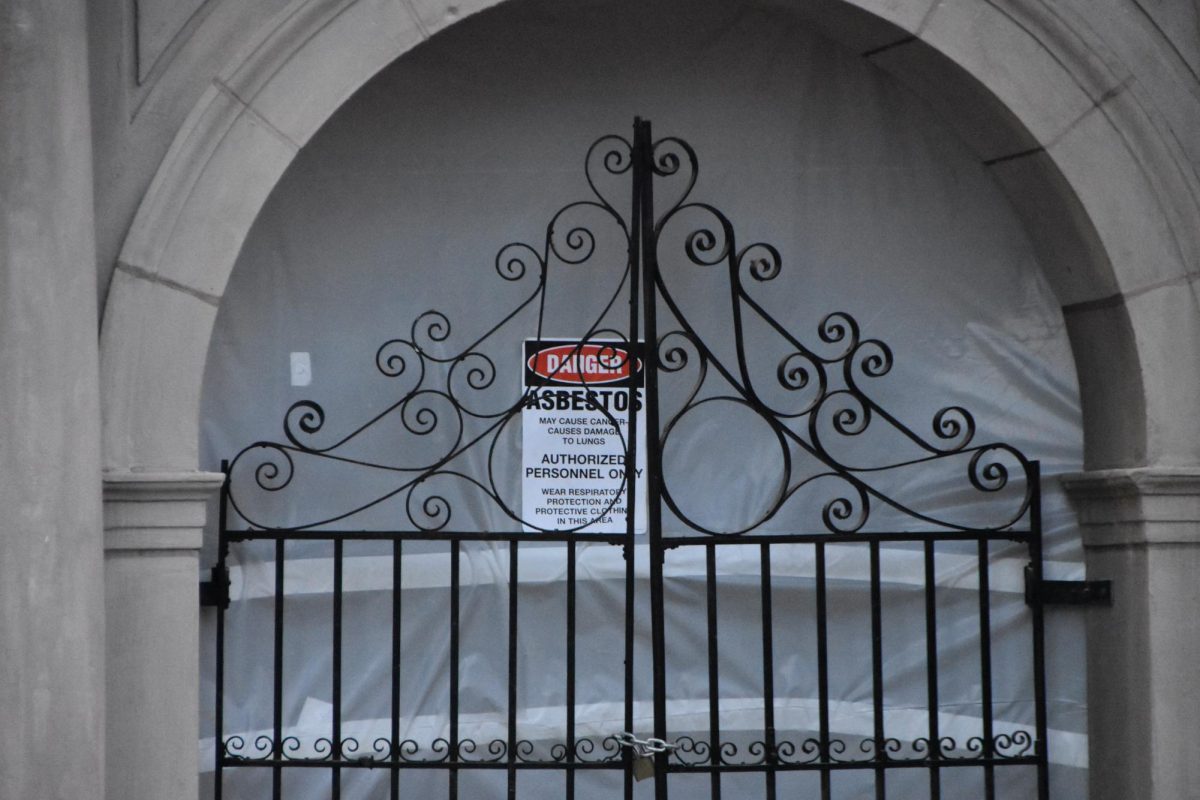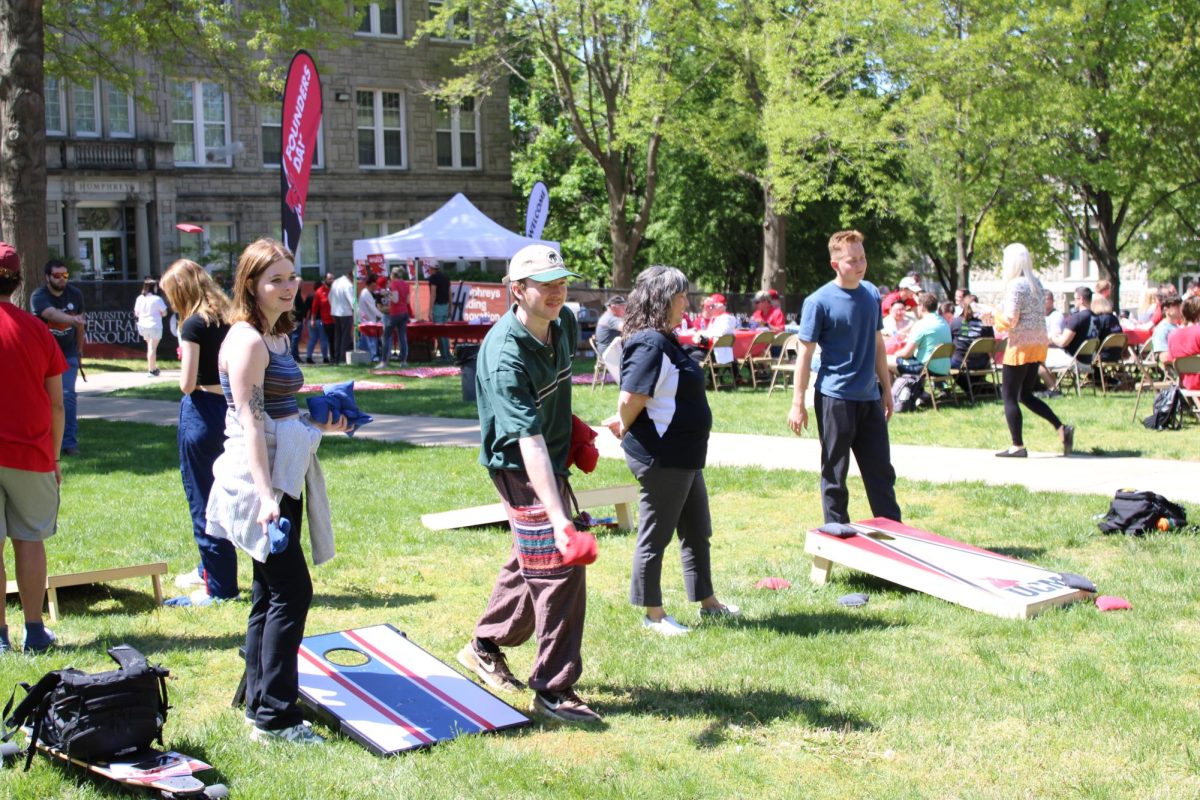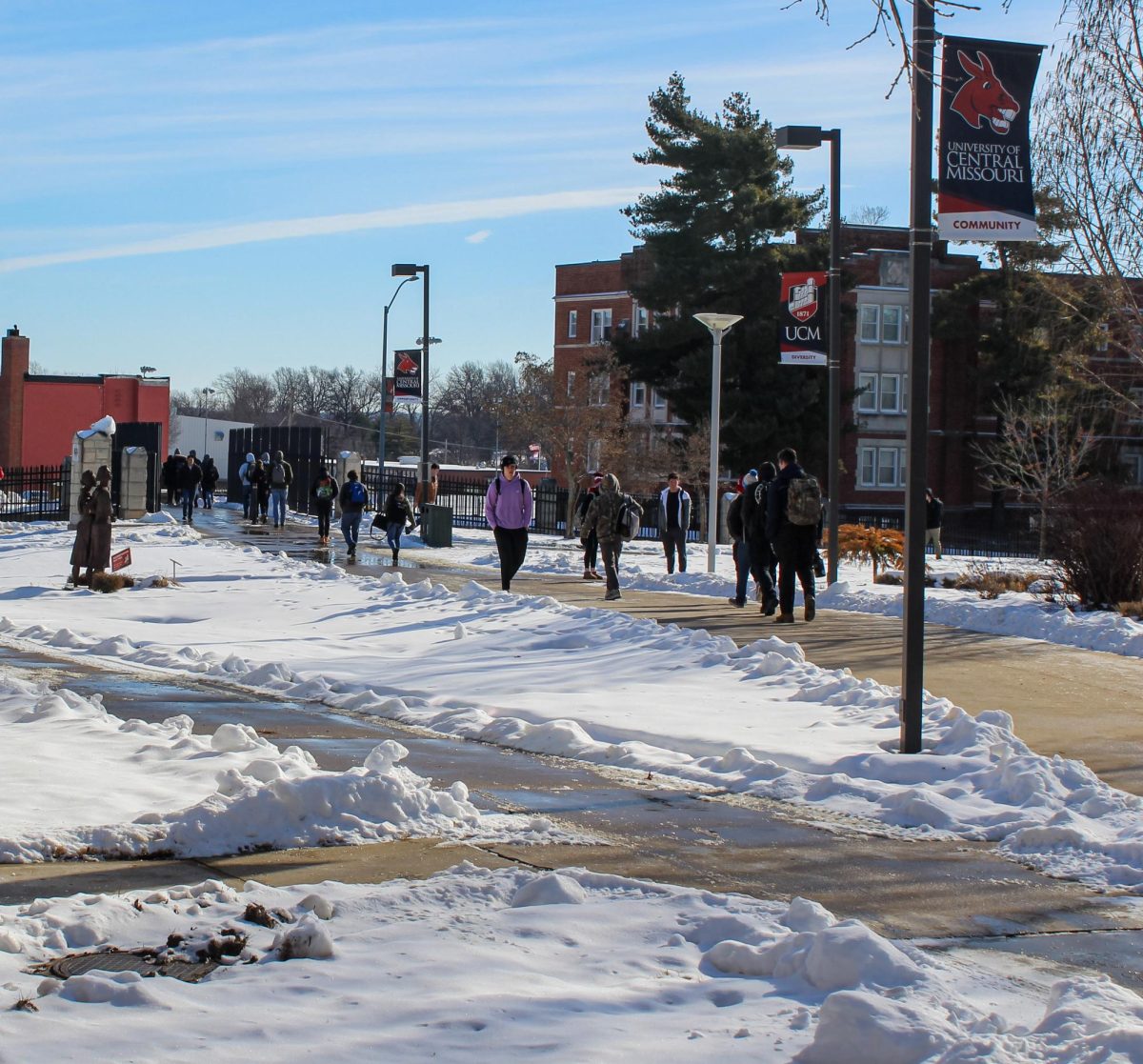(ST. LOUIS, AP) — Missouri drillers haven’t been able to take advantage of the hydraulic fracturing revolution that has driven down natural gas prices across the country, but other companies are experiencing an economic heyday by supplying an ingredient that is playing a big role in the fracking boom.
The Show-Me State doesn’t have vast reserves of natural gas, but it does have huge quantities of nearly pure silica sand, which is in wide demand among energy producers who use the tiny granules to crack shale rock and allow oil and natural gas to escape.
The St. Louis Post-Dispatch (http://bit.ly/UaoaHB) reported Sunday that several companies across eastern Missouri have emerged as suppliers of so-called frack sand.
Among them is Mississippi Sand LLC, formed in 2008 by a group of partners including Fred Weber Inc., a road construction company that later sold its interest in the sand company but still supplies raw sandstone from its quarry just south of Festus.
A 65-foot layer of yellowish rock inside the quarry is easily identifiable from the edge of a large open pit.
Fifty-ton trucks haul a load of clumpy sandstone up a dirt road every few minutes and deposit it at a processing plant at the quarry.
“When they dump it, that’s when we start with it,” Mississippi Sand plant manager Mike Cochran says.
Every truckload goes through a series of machines linked by conveyers. Clumpy sandstone is broken into smaller bits at each stop, eventually into tiny spherical grain that are washed and dried to remove almost all of the moisture.
After that, they’re run through mesh screens that sort the sand by grain size.
Every hour, an employee carries a plastic bag full of sand to a small lab in a nearby metal building to be tested to make sure the granules meet American Petroleum Institute specifications.
The hydraulic fracturing — or fracking — process involves injecting huge quantities of water and sand and chemicals into the ground under high pressure to break apart shale rock and release natural gas.
“We’ve been fracking wells forever,” said Shari Dunn-Norman, associate professor of petroleum engineering at Missouri S&T University in Rolla. “The technology really was perfected in the ’80s or even the late 1970s.”
Recent advances have made the technology more economical for oil and gas producers, allowing it to be deployed widely. It has triggered a boom that has driven down natural gas prices.
The eastern Missouri sand is nearly pure silica, or quartz, which allows it to maintain its integrity thousands of feet below ground.
“Mother Nature has done a lot of work on this material,” said Thomas Dolley, a mineral commodity specialist for the U.S. Geological Survey. The sand “is not perfectly round, but it’s as good as you’re going to get.”
The sand is in the St. Peter Sandstone, a geologic formation created by a shallow inland sea that covered parts of the country’s midsection hundreds of millions of years ago. The layer of rock crumbles easily and extends from Minnesota to Arkansas.
Dolley said there are probably at least 100 mines in the Midwest that produce the sand, but the actual number could be twice that.
A metric ton of the sand sells for about $40 to $50, Dolley said, but that doesn’t include transportation costs that can push the total cost for an oil or gas producer to more than $200 a ton.
The Missouri Department of Natural Resources said more than 65 million tons of sand, worth an estimated $2 billion, have been sold since mining of the St. Peter Sandstone in Missouri began in the 1870s.
___
Information from: St. Louis Post-Dispatch, http://www.stltoday.com
The St. Louis Post-Dispatch (http://bit.ly/UaoaHB) reported Sunday that several companies across eastern Missouri have emerged as suppliers of so-called frack sand.
Among them is Mississippi Sand LLC, formed in 2008 by a group of partners including Fred Weber Inc., a road construction company that later sold its interest in the sand company but still supplies raw sandstone from its quarry just south of Festus.
A 65-foot layer of yellowish rock inside the quarry is easily identifiable from the edge of a large open pit.
Fifty-ton trucks haul a load of clumpy sandstone up a dirt road every few minutes and deposit it at a processing plant at the quarry.
“When they dump it, that’s when we start with it,” Mississippi Sand plant manager Mike Cochran says.
Every truckload goes through a series of machines linked by conveyers. Clumpy sandstone is broken into smaller bits at each stop, eventually into tiny spherical grain that are washed and dried to remove almost all of the moisture.
After that, they’re run through mesh screens that sort the sand by grain size.
Every hour, an employee carries a plastic bag full of sand to a small lab in a nearby metal building to be tested to make sure the granules meet American Petroleum Institute specifications.
The hydraulic fracturing — or fracking — process involves injecting huge quantities of water and sand and chemicals into the ground under high pressure to break apart shale rock and release natural gas.
“We’ve been fracking wells forever,” said Shari Dunn-Norman, associate professor of petroleum engineering at Missouri S&T University in Rolla. “The technology really was perfected in the ’80s or even the late 1970s.”
Recent advances have made the technology more economical for oil and gas producers, allowing it to be deployed widely. It has triggered a boom that has driven down natural gas prices.
The eastern Missouri sand is nearly pure silica, or quartz, which allows it to maintain its integrity thousands of feet below ground.
“Mother Nature has done a lot of work on this material,” said Thomas Dolley, a mineral commodity specialist for the U.S. Geological Survey. The sand “is not perfectly round, but it’s as good as you’re going to get.”
The sand is in the St. Peter Sandstone, a geologic formation created by a shallow inland sea that covered parts of the country’s midsection hundreds of millions of years ago. The layer of rock crumbles easily and extends from Minnesota to Arkansas.
Dolley said there are probably at least 100 mines in the Midwest that produce the sand, but the actual number could be twice that.
A metric ton of the sand sells for about $40 to $50, Dolley said, but that doesn’t include transportation costs that can push the total cost for an oil or gas producer to more than $200 a ton.
The Missouri Department of Natural Resources said more than 65 million tons of sand, worth an estimated $2 billion, have been sold since mining of the St. Peter Sandstone in Missouri began in the 1870s.
___
Information from: St. Louis Post-Dispatch, http://www.stltoday.com
Story continues below advertisement













































